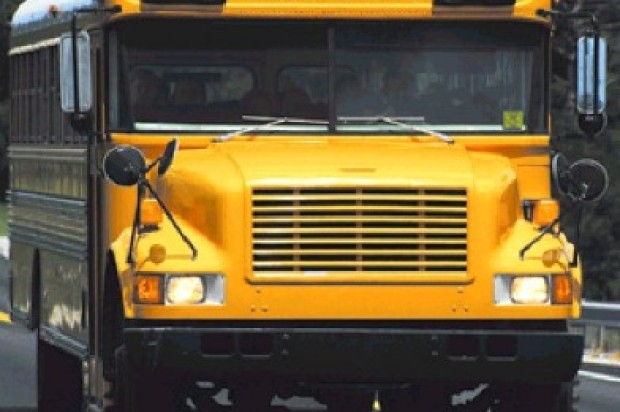
San Francisco parents have put away more than $1.3 million since the San Francisco Unified School District began its universal educational savings account four years ago.
Democratic Leader Nancy Pelosi, Treasurer Jose Cisneros, San Francisco Mayor Ed Lee, and School Board President Emily Murase celebrated San Francisco’s Kindergarten to College (K2C) program today at San Francisco’s Monroe Elementary School with a group of young students.
The program opens a savings account with Citibank for every kindergarten student in the school district, starting him or her off with $50, according to K2C program manager Carol Lei.
Depending on whether a child enrolls in the school lunch program, which 60 percent of SFUSD students are eligible for, another $50 is added to the account, bringing the total to $100 without much effort.
Various contributions are made by the city to the account over the 13 years the child is in the school district to encourage students and children to reach savings milestones and to encourage consistent payments into the account.
Lei said the K2C program, which is the first of its kind in the nation, costs the city about $650,000 per year.
She said a student with a college savings account is six to seven times more likely to attend college than one without such an account, regardless of the amount in the account.
Lei said even if there is less than $500 in the account when a child graduates from high school, that child is still three times more likely to go to college and four times more likely to finish college than if they didn’t have a savings account.
Democratic Leader Nancy Pelosi said today she hoped more children in the state and the country would have the opportunities that this college fund presents to students in the school district.
Pelosi said, “Some kids think why should I study? I can’t afford to go anyway.” But she said that this program encourages students and their families to dream big and plan for their future.
“What’s happening here is really historic,” Pelosi said.
She said education is the most important investment a country can make in its people, and the best investment a family can make in its children.
She said anything the country can do to educate citizens ultimately brings money to the treasury.
Pelosi noted the important collaboration between public, private and non-profit sectors in making this dream a reality.
Robert Annibale, global director of inclusive finance and community development at Citi, said he believes the partnership with San Francisco gives students born into low-income households more opportunities for their future.
Annibale said some of the parents in the district don’t have bank accounts and aren’t likely to start one for their children at a young age.
“I think it’s the right thing to do,” Annibale said.
And from a business perspective, when they graduate, they will already have heard of Citibank and might turn to them when they need other banking services, he said.
“They know who you are,” Annibale said.
Students also gain a better understanding of personal finance and can learn how to make deposits and check their balances online.
San Francisco Treasurer Jose Cisneros said since the program launched in 2011, nearly 20,000 accounts have opened.
He said the city knows this model works because parents have saved over $1.3 million of their own money for their children.
“We know that we are reaching families across the income spectrum,” he said.
Kentaro Iwasaki, the father of a second grader and a kindergarten student in the district, is an associate director of Connect:Ed The California Center for College and Career. He said K2C “is a great equalizer” and it motivated and incentivized his family to save for college.
He said just having children know that higher education is within their grasp increases their likelihood of pursuing it.
Cisneros said the accounts are opened in the students’ names and require no signatures or application process.
While the funds in the savings account have no impact on financial aid or public benefits eligibility, there is a yearly cap of $2,500 into the account per student and a $32,500 cap per student over their 13 years in the school district.
Hannah Albarazi, Bay City News









